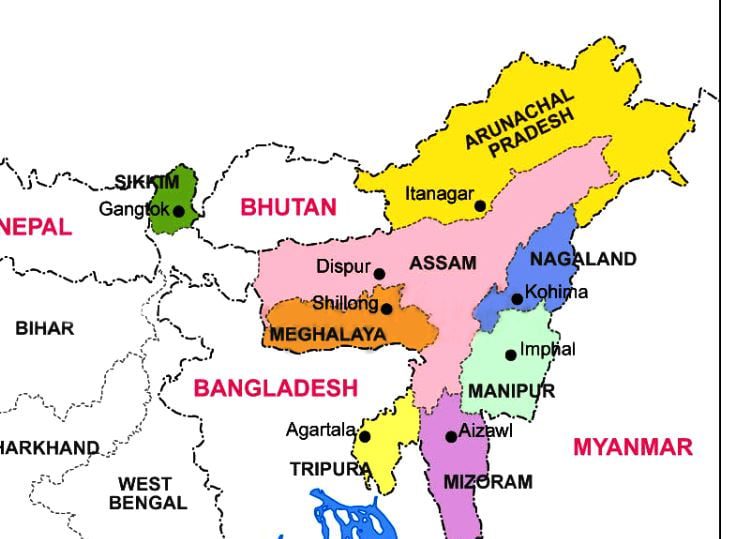Sovereignty Clash: India’s Development Plans in South Tibet Draw Chinese Ire
In a diplomatic escalation, China’s Foreign Ministry rebuked India’s initiatives to accelerate hydropower projects in what Beijing refers to as South Tibet, a region India identifies as Arunachal Pradesh. The assertion by China that South Tibet is unequivocally Chinese territory underscores longstanding geopolitical tensions between the two Asian giants.
The Chinese Foreign Ministry spokesperson categorically stated that India lacks any legitimacy to undertake developmental activities in the contested region, dismissing India’s claims over Arunachal Pradesh as illegitimate and void. This assertion comes amid India’s reported plans to invest $1 billion in expediting the construction of 12 hydropower stations across the northeastern Himalayan state.
India has consistently maintained that Arunachal Pradesh forms an integral part of its sovereign territory, a stance countered vehemently by China, which views the region as an extension of southern Tibet. The strategic significance of Arunachal Pradesh, nestled in the eastern Himalayas, has been underscored by India’s efforts to bolster infrastructure in the area, including roads and power projects.
Recent diplomatic engagements between India and China, such as the meeting between Foreign Minister Subrahmanyam Jaishankar and his Chinese counterpart Wang Yi in Kazakhstan, aimed to mitigate border tensions. Despite these efforts, the fundamental disagreement over territorial claims persists, exacerbating bilateral relations.
The development plans in Arunachal Pradesh have reignited geopolitical anxieties, with implications extending beyond bilateral discord. The strategic location of the region, contiguous to China’s Tibet Autonomous Region, underscores its significance in India’s broader security calculus.
From a legal standpoint, India’s position on Arunachal Pradesh is grounded in historical claims and administrative governance, emphasizing its constitutional authority over the region. Conversely, China’s perspective pivots on historical assertions and geopolitical considerations, framing Arunachal Pradesh within the broader context of territorial integrity.
The clash over South Tibet highlights the complexities of managing border disputes in a region marked by historical grievances and strategic imperatives. The competing claims over Arunachal Pradesh reflect broader geopolitical ambitions and regional power dynamics, shaping the contours of Asian security architecture.
In conclusion, the standoff between India and China over the development initiatives in Arunachal Pradesh underscores unresolved territorial disputes and strategic rivalries. The implications extend beyond diplomatic rhetoric to encompass broader security concerns, necessitating nuanced diplomatic engagements and calibrated policy responses.
Soumya Smruti Sahoo is a seasoned journalist with extensive experience in both international and Indian news writing. With a sharp analytical mind and a dedication to uncovering the truth, Soumya has built a reputation for delivering in-depth, well-researched articles that provide readers with a clear understanding of complex global and domestic issues. Her work reflects a deep commitment to journalistic integrity, making her a trusted source for accurate and insightful news coverage.



